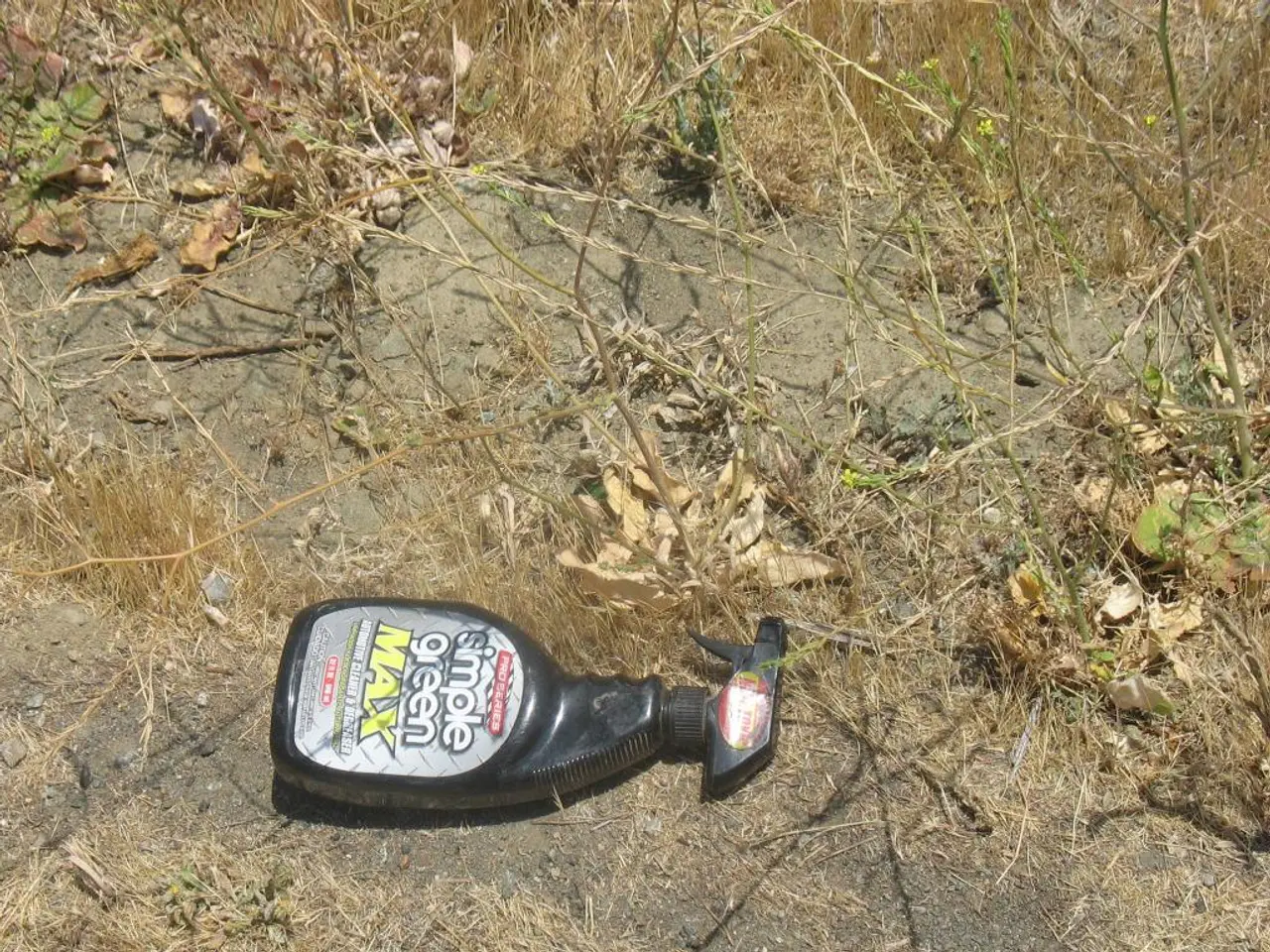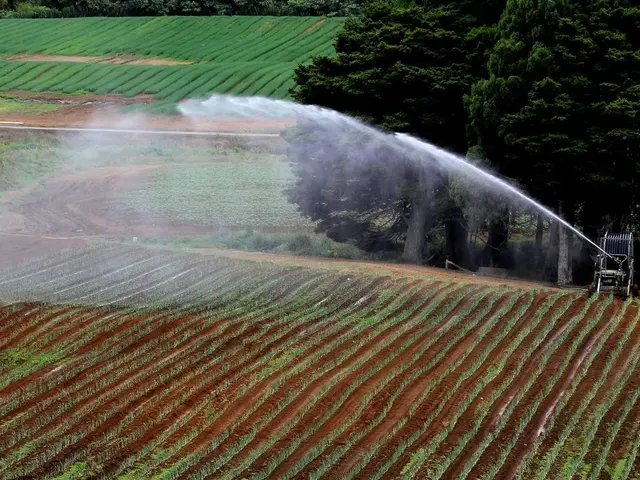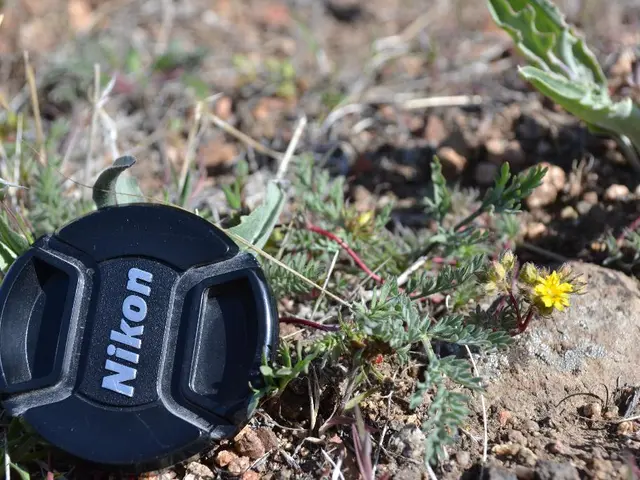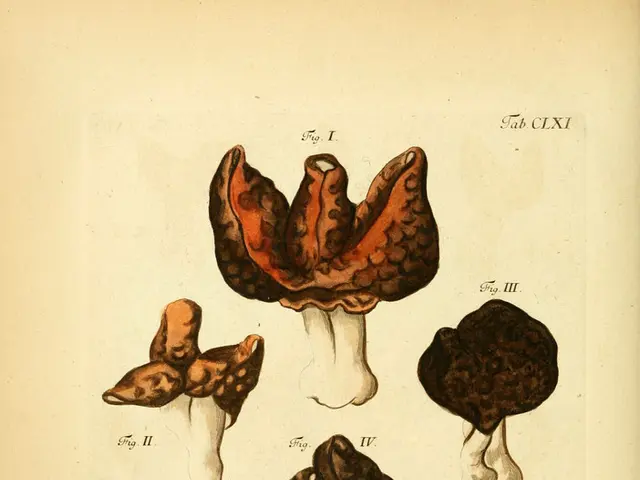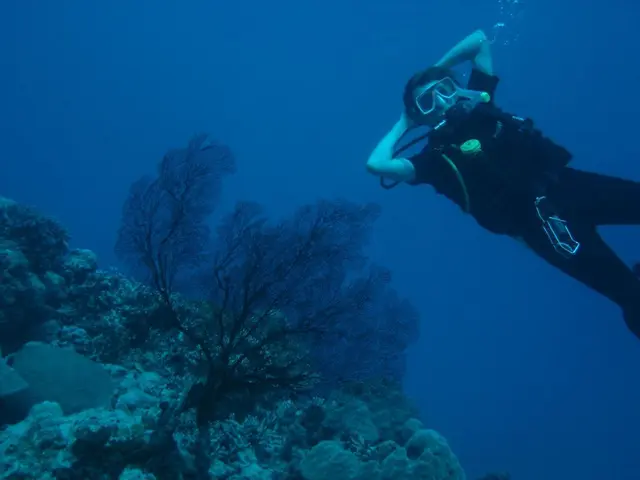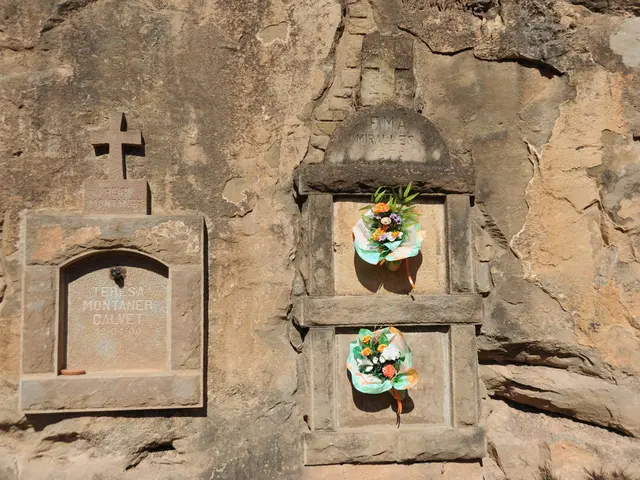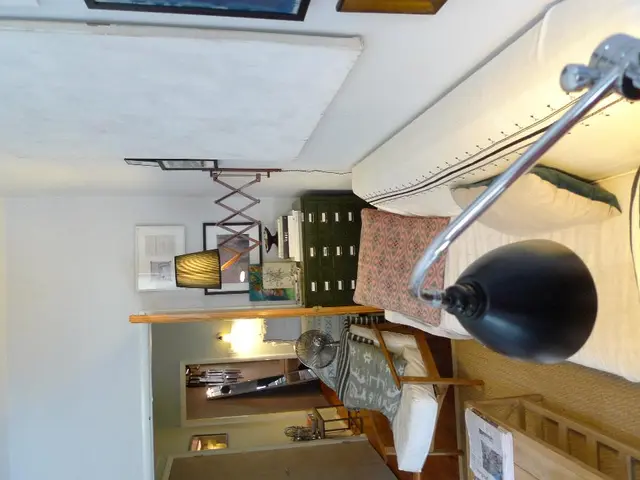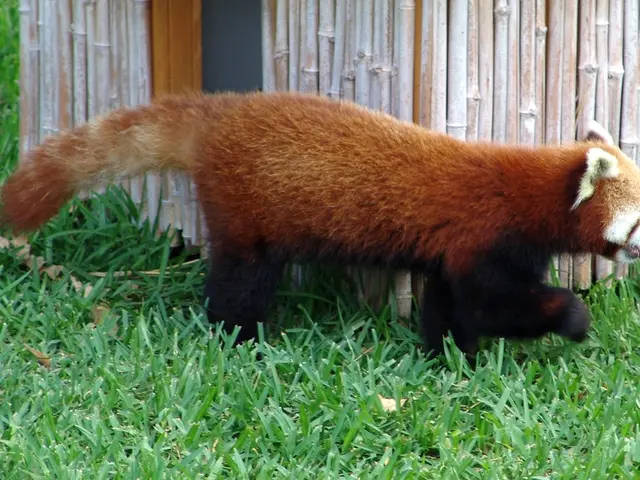Optimal Ground for Prosperous Venus Flytrap Growth
In the world of carnivorous plants, Venus Flytraps (Dionaea muscipula) require a unique soil mix to thrive. To properly care for these fascinating plants, it's essential to create a substrate that is nutrient-poor, well-draining, acidic, and retains moisture without becoming waterlogged.
The recommended components for Venus Flytrap soil include Sphagnum moss, peat moss, perlite, silica sand, orchid bark, and charcoal. Each element plays a crucial role in maintaining the ideal soil conditions.
Sphagnum moss, particularly long-fibered varieties, provides moisture retention and acidity. It also adds aeration when used long-fibered but can sometimes lead to mold if too dense. Peat moss, usually sphagnum peat moss, is acidic and moisture-retentive, making it a classic base for carnivorous plant soil. It lowers pH and mimics natural bog conditions. Perlite enhances aeration and drainage, keeping the soil from compacting and allowing oxygen to reach roots. Silica sand improves drainage and adds structure to the mix without adding nutrients. Orchid bark and charcoal are rarely used in Venus Flytrap mixes but can be helpful in small amounts for aeration and preventing fungal growth.
When it comes to ratios, a 50/50 mix of peat moss and perlite is a common choice. Some growers prefer a mix of five parts peat moss, three parts silica sand, and two parts perlite. For those who prefer using long-fibered sphagnum moss, a 100% mix can also be effective.
It's important to avoid adding any fertilizer, garden soil, or nutrient-rich materials, as Venus Flytraps are highly sensitive to nutrients and can die if exposed to them.
Venus Flytraps prefer acidic soil, typically around pH 4.5 to 5.5, which is naturally provided by peat and sphagnum moss. The soil should be consistently moist but not waterlogged. Use only distilled, rain, or reverse osmosis water because tap water often contains minerals harmful to carnivorous plants. Good aeration is critical to prevent root rot, which is why perlite or silica sand is added to keep the soil light and airy.
To mix and prepare the soil, start with high-quality sphagnum peat moss or long-fibered sphagnum moss to provide the acidic base. Mix in an equal volume of perlite or silica sand, depending on availability, to ensure drainage and aeration. If using long-fibered sphagnum moss alone, ensure it is sufficiently loose and moist but not densely packed. Avoid adding soil, compost, or fertilizers. Keep the soil moist with pure water and maintain high humidity and bright indirect light for healthy growth.
Regularly testing the soil's pH levels and moisture content is essential for maintaining optimal soil conditions. Overwatering can lead to root rot, so it's crucial to strike the right balance. The soil should be consistently moist but not waterlogged, resembling a damp sponge. When preparing the soil, it's crucial to add enough water and to keep stirring until it is fully moistened.
By following these guidelines, you can create the perfect soil mix for your Venus Flytraps, replicating their natural habitat and ensuring optimal health and carnivorous function. Happy growing!
When planning a lifestyle focused on home-and-garden hobbies, consider incorporating gardening techniques for unique plants like Venus Flytraps. To create an ideal soil mix for Venus Flytraps, use a substrate that includes Sphagnum moss, peat moss, perlite, silica sand, orchid bark, and charcoal. Each element plays a crucial role in maintaining the soil's moisture retention, acidity, aeration, and drainage.
